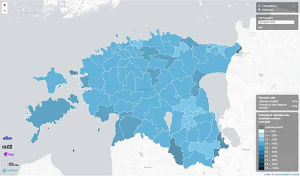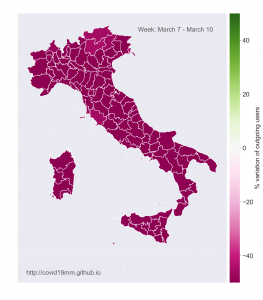
Quantifying international human mobility patterns using Facebook network data
Summary
This study investigates the potential of publicly available data from Facebook’s advertising platform to fill existing gaps in migration statistics. It utilizes data collected by the Facebook network (Facebook, Messenger, Instagram, the Audience Network) – for instance self-declared information by users such as that they “lived in country X” before living in their current location – to measure the stocks of international migrants. However, given the flaws in such proxies and challenges such as selection bias and representativeness, the research team sought to understand and correct their estimations by comparing them with reference official migration statistics.
Results
The study concludes that migration estimates stemming from data collected by the Facebook network (FN) is a useful supplement to traditional data sources of migration statistics, especially for conducting timely trend analysis and for early-warning purposes. For instance, by comparing the FN-derived migration estimates in two time periods in 2018 the study shows an increasing trend in the number of Venezuelan migrants in Colombia and Spain, a trend that is also reflected in official statistics from the two countries. However, the study concludes that FN-derived migration estimates cannot replace official migration statistics, due to various issues including reliability and representativity. Moreover, the exact methodology used by the FN to classify its users remains unknown and may change over time, creating issues of continuity and comparability of the data. Overall, this study demonstrates that non-traditional data sources can complement traditional sources of official migration statistics and that similar use could potentially be made of the data of other social networks (LinkedIn, Twitter, Xing).
(Picture: © EU Commission)




